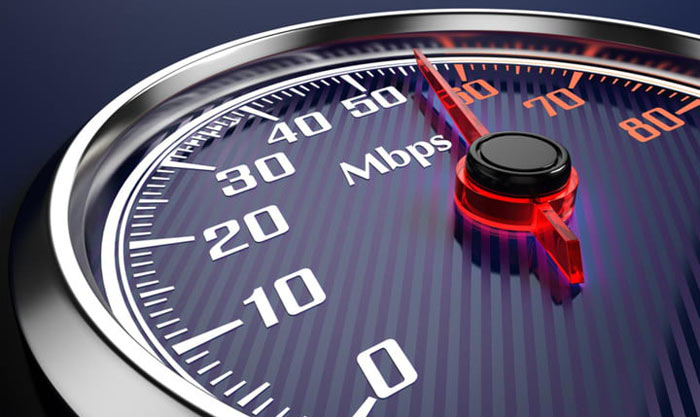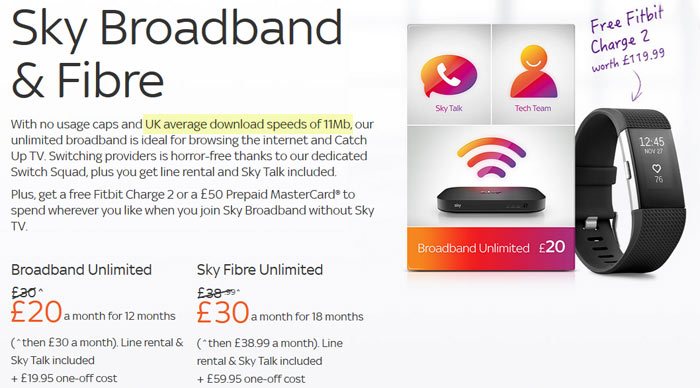Next month there is going to be a significant change in the way broadband speeds are advertised here in the UK. Currently ISPs use a headline ‘up to’ speed claim, but from 23rd May the Advertising Standards Authority (ASA) will expect all broadband providers to advertise the average speeds of their respective offerings.

In case you don’t know the exact details of how the current ‘up to’ claims work, it is based upon a 10 per cent rule. The headline claim figure you see today when you browse for ISPs is verified to be available to at least 10 per cent of the ISP's customers. As ISP Review further explains, in addition the ISP must detail any other factors or limitations that will affect a user’s speeds. Broadband customers are very accustomed to seeing adverts for ‘up to 17Mbps’ (c.20Mbps ADSL2+ lines), ‘up to 38Mbps’ (40Mbps FTTC lines), and so on.
So how will the new guidance system, which ASA believes will provide “a better indication of the actual speeds,” work? Again it is focussed upon download speeds. This time ISPs must advertise the median downstream speed measured at peak time (8pm to 10pm) for their headline consumer ad claims.

According to ISP Review, Sky has already adopted the new approach in its marketing, with the basic service advertised as providing an average download speed of 11Mbps, and the top end Fibre package from the company listed as delivering an average 57Mbps. You can see an example of this advertising stance in my screenshot, above, and here. Virgin Media in the UK has a dedicated page showing off its monthly average 24hr speeds, but this is nothing to do with the ASA ruling.













